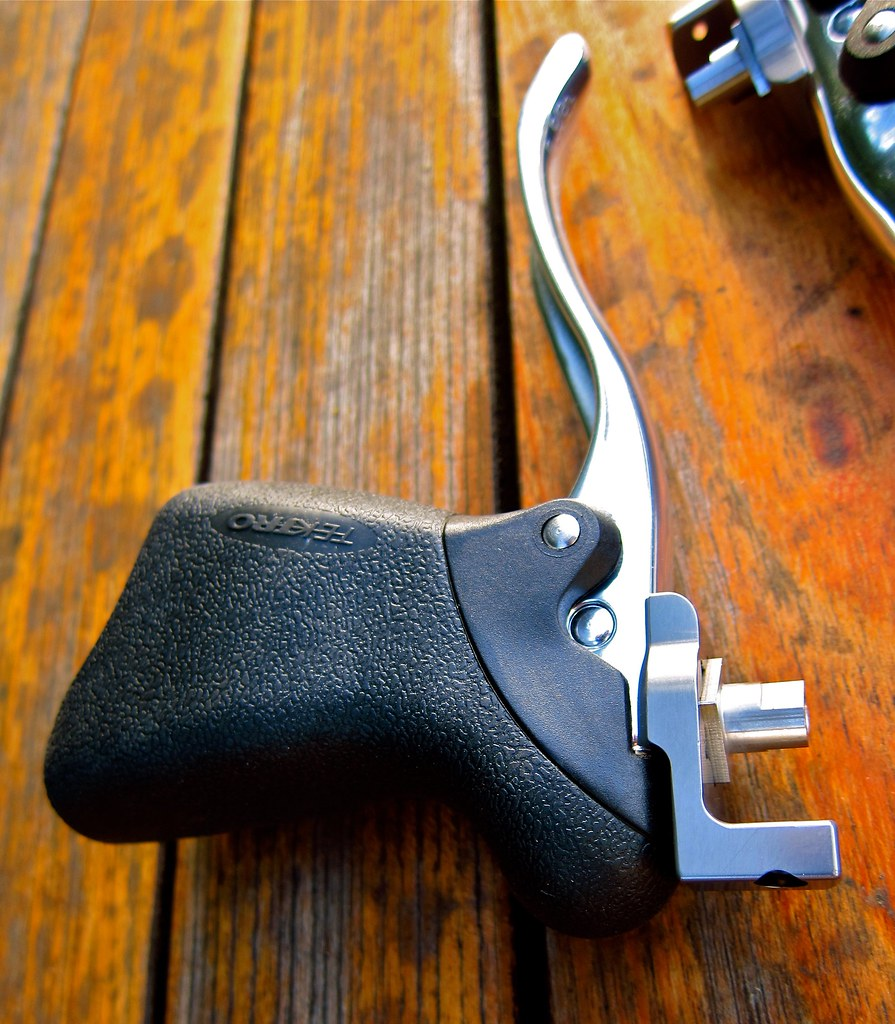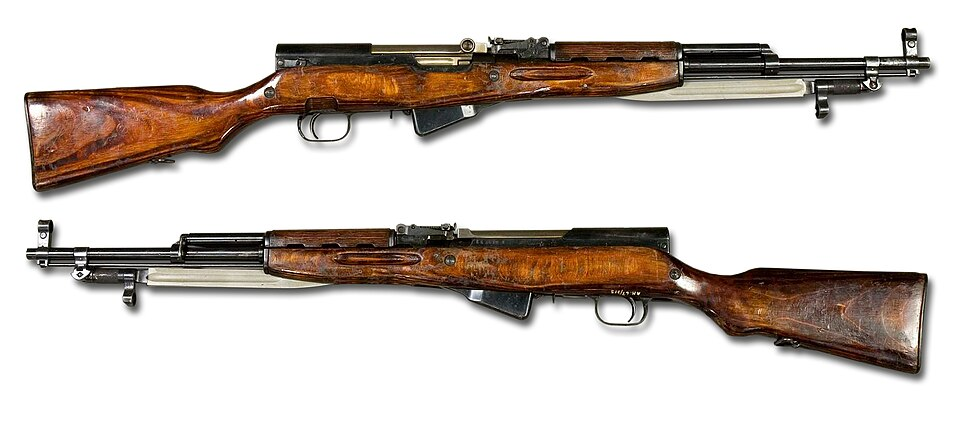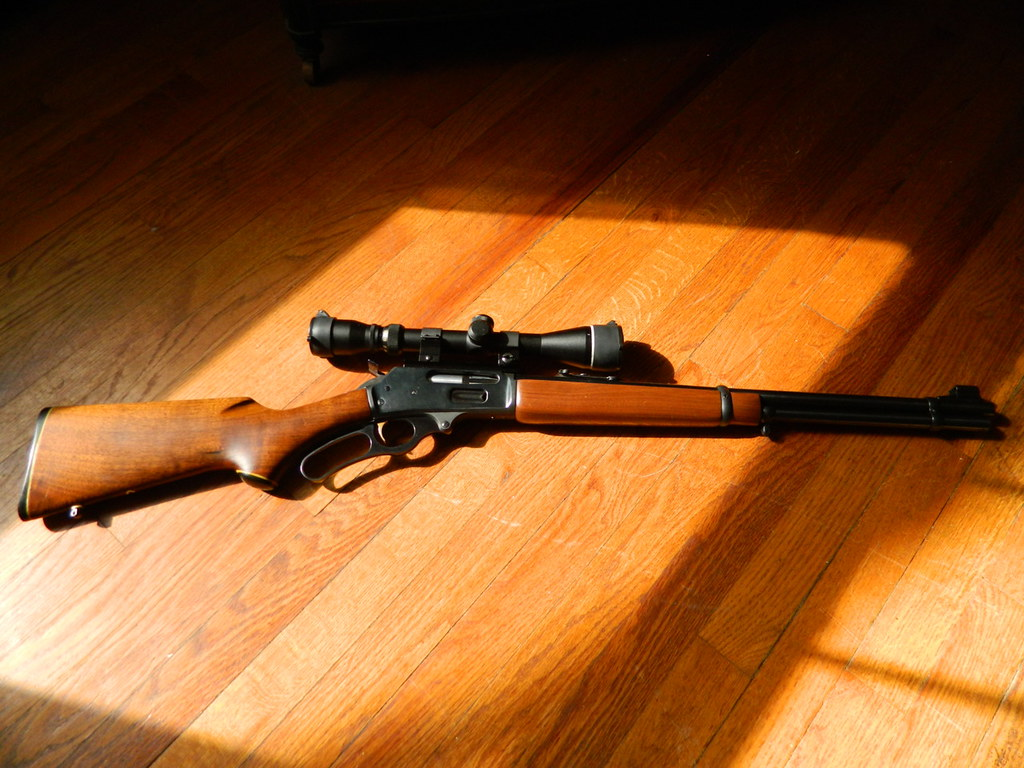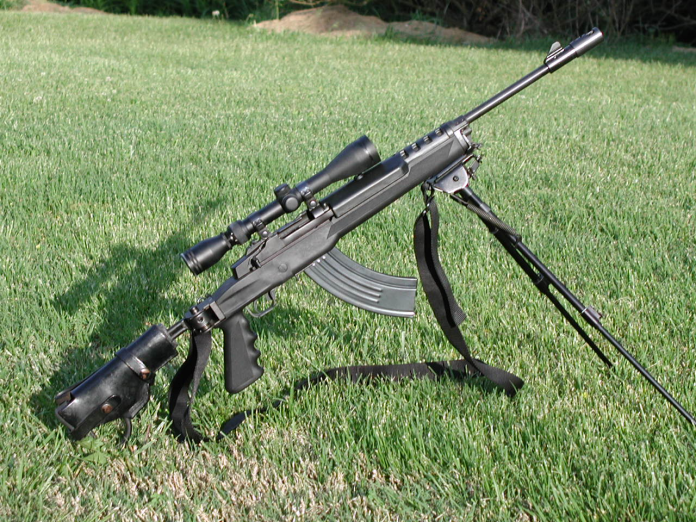
“The world’s greatest rifle is worthless if it won’t shoot straight.” That old adage, commonly spoken in shooting communities, gets to the essence of a reality many miss: not all rifles are precision tools for distance shooting. Some are made for toughness, for mobility, or for cheapness and those strengths can come at the cost of long‑range accuracy.
For hunters, sport shooters, and collectors of firearms, knowing when the effective range of a rifle ends is not just a theoretical matter. It can be the difference between a clean take and a missed shoot, between a tight match win and a disappointing day at the range. Though ammunition selection, optics, and the skill of the shooter are all important, some models simply cannot provide consistent performance beyond the 100-yard range.
Here’s a closer examination of nine rifles, in factory configuration, that are best left within that range and the technical explanations why they fall short.

1. Remington 770: Budget Construction, Budget Accuracy
Sold as a low-cost hunting rifle, the Remington 770 sacrifices in the areas most important to accuracy. Its action is harsh, the trigger is not crisp, and the injection-molded stock softens under recoil. Temperature quickly destroys its grouping capability, a characteristic of uneven barrel harmonics. Although well capable of getting rounds on paper at 100 yards, efforts to shoot farther often leave shot placement erratic. Even on the low end, there are other options with superior barrel bedding and trigger quality.

2. Mosin‑Nagant (Unmodified): History Over Precision
Widely loved for its history during war, the unaltered Mosin‑Nagant is seldom a tack driver. Dull, uneven triggers, rough iron sights, and far‑dispersed bore conditions render consistency beyond 100 yards improbable. Lacking modern bedding, optics, or barrel refacing, its ergonomics and patterns of barrel vibration constrain repeatable precision. Collectors treasure it for its history; shooters prefer it for short‑range steel rather than precision targets.

3. Hi‑Point 995TS: Pistol Caliber, Pistol Range
chambered in 9mm, the Hi‑Point 995TS just doesn’t have the ballistic shape for dependable flight at distance. Even with sights, performance goes downhill precipitously beyond 75 yards with low muzzle velocity and increased bullet drop. Its blowback mechanism and utilitarian design are well suited to close‑range protection or recreational plinking, but the caliber and platform design combination eliminates reliable 100‑yard accuracy.

4. Rossi RS22: Light, Cheap, and Limited
The low weight and cost of the RS22 are attractions, but its non‑free‑floated barrel and sloppy trigger geometry take away from long‑range accuracy. Beyond 50 yards, group sizes increase significantly. Replacement optics or trigger can improve it, but the price soon comes close to higher-accuracy rimfire rifles by their nature. It is still a good option for cans and small vermin at short range.

5. SKS (Unmodified): Tough but Not Refined
The SKS’s combat background guarantees reliability, but its limited sight radius, middling excess ammunition, and service‑grade trigger preclude accuracy. At 100 yards, it will reliably engage man‑sized targets, but any smaller targets require alterations such as better sights, optics, and barrel work. Stock, its barrel harmonics and trigger break are not tuned for sub‑MOA performance.

6. Kel‑Tec SU‑16: Portability at a Price
Lighter than most .223 rifles, the SU‑16 sacrifices rigidity for portability. The recoil bends its polymer frame, and its thin barrel loses group stability rapidly. Used with its standard sights, these combine to make it poorly suited for repeatable hits at ranges more than 100 yards out. As a light bug‑out or truck gun, it is perfect; as a precision rifle, it lacks.

7. Century Arms C308: Inconsistent Clone
Being a G3‑pattern clone, the C308 carries over a heavy trigger and occasionally uneven build quality. Barrel condition is mixed, and recoil impulse can interfere with follow‑through. Some models shoot acceptably, but far too many exhibit loose tolerances that detract from repeatability. At less than 100 yards, it may be acceptable; beyond that, group dispersion usually will anger even skilled marksmen.

8. Marlin 336 (Factory Sights): Brush Gun Boundaries
The .30‑30 Marlin 336 is designed for dense cover work, not distance accuracy. Its short barrel and open sights restrict sight radius, and the cartridge’s significant drop beyond 100 yards requires accurate holdover. Optics can stretch its range, but the lever‑action design and barrel shape were never focused on shooting tight groups at distance.

9. Ruger Mini‑30: Utility Over Tight Groups
Based on the Mini‑14 but chambered in 7.62×39, the Mini‑30 is reliable and handles well but usually only manages to group 3–4 inches at 100 yards. Both ammunition selection sensitivity and barrel harmonics hinder sub‑MOA performance unless a great deal of fiddling is done. It will suffice for medium‑range utilitarian uses, but precision shooters will not be impressed.
These rifles demonstrate that reliability, portability, and cost frequently compromise long‑range accuracy. Optics, bedding, or even trigger improvements can address some of these, but their fundamental design restricts their performance limits. For consistent accuracy at distances greater than 100 yards, beginning with a platform designed for stability, good barrel harmonics, and clean trigger control will provide much greater success than attempting to drive these models past their comfort levels.


